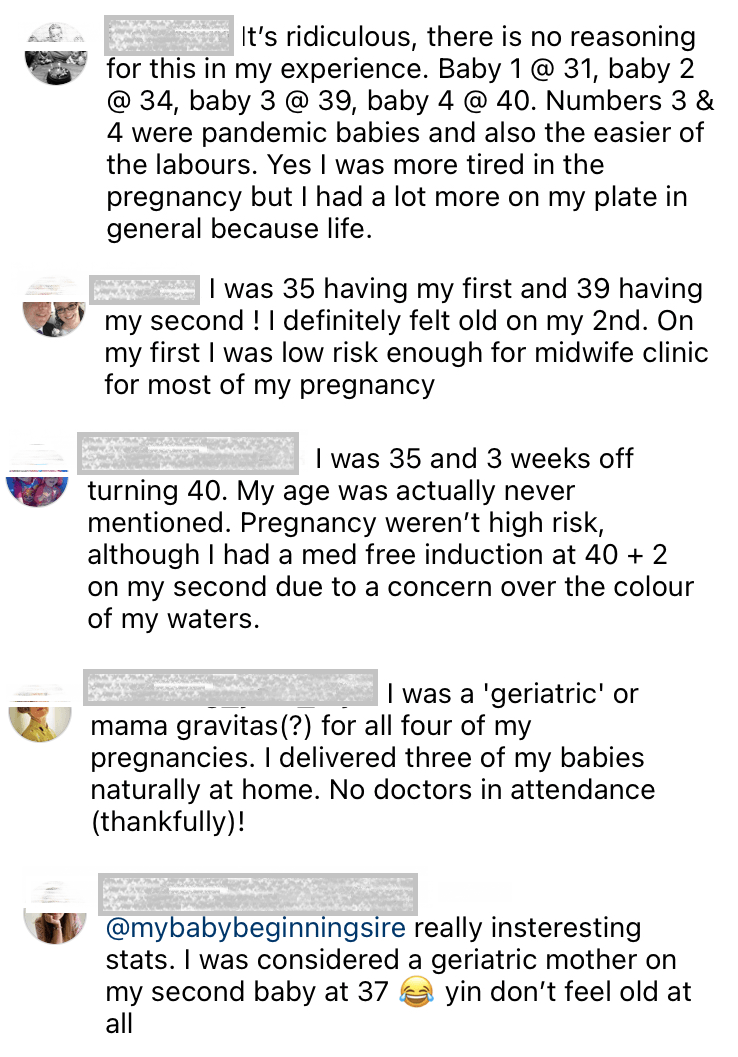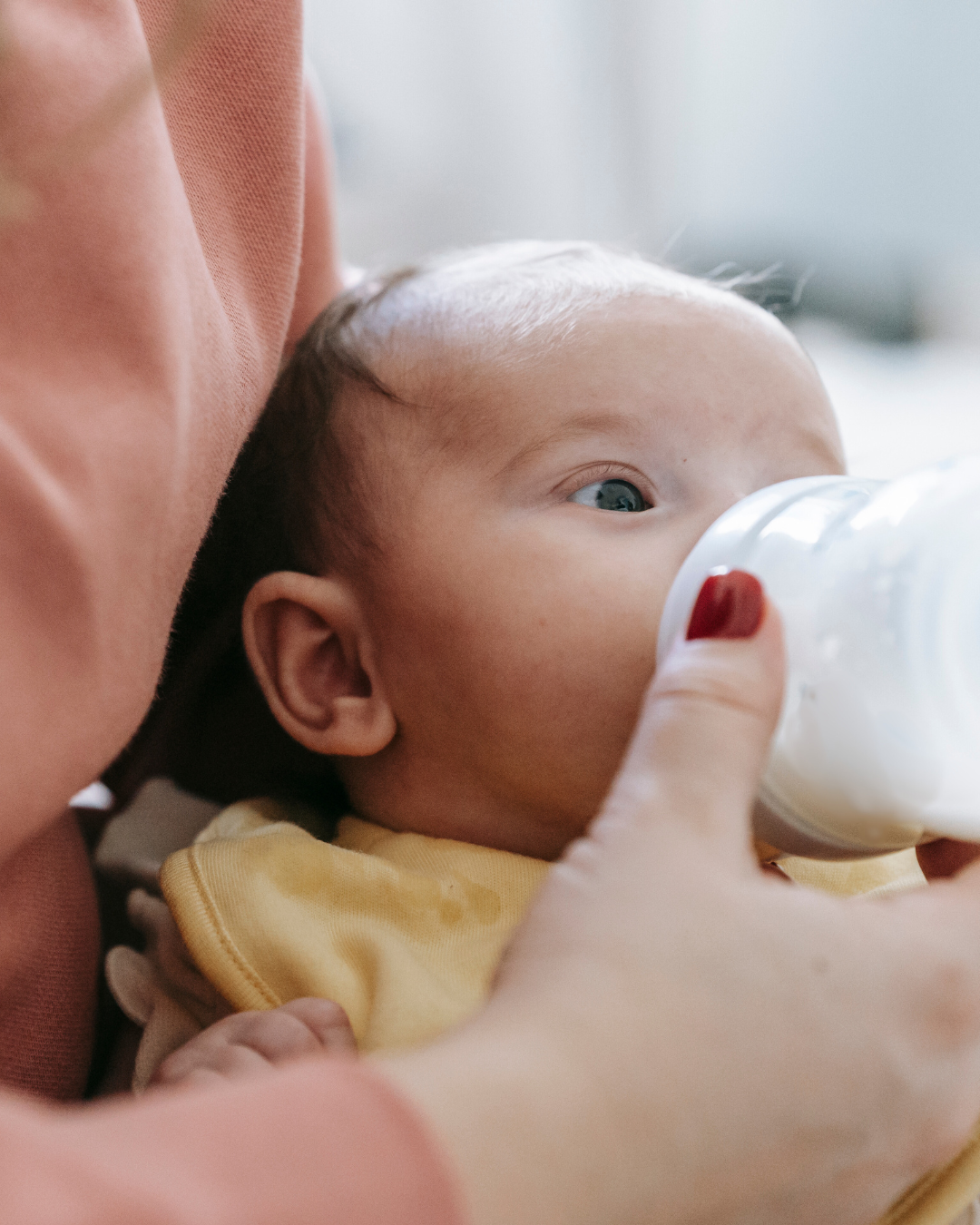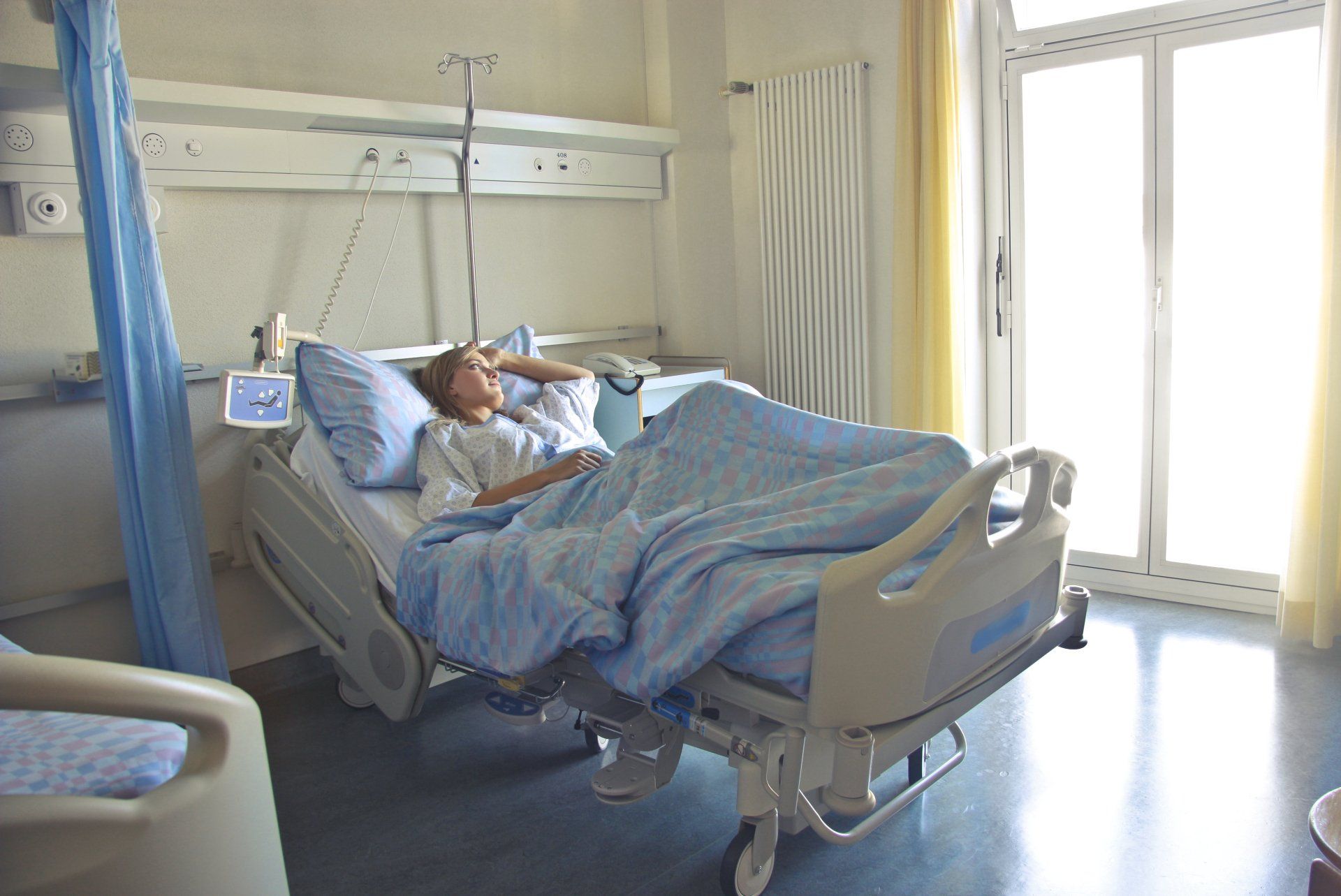Ever been told you are geriatric?
Ok, now I’ve gotten your attention I do not thing you are old, or geriatric or of advanced maternal age. Age is just a number right? Mostly. Pregnancy over the age of 40, sometimes 35 used to be called geriatric pregnancy but is more often referred to as Advanced Maternal Age these days. But with more and more women giving birth later in life do we really need to be treated differently? Why do some doctors insist on inductions for all their 40+ clients while others don't?
Advanced maternal age (AMA) in Ireland is usually considered 40 years+ (although some doctors say 35+ and this is what's quoted in most international literature). In 2019 in Ireland the average age of women giving birth was 33.1 years. This is the highest average age of mothers at maternity, since the age of mother at birth was first recorded in 1955. In the same year 7.9% of births were to mothers aged 40 and over, that equates to 4669 babies born to mothers aged 40+ that year.
Despite the increasing age of mothers in Ireland there here is no national guideline on the management of AMA pregnancies and policies vary by unit and by doctor. Maybe there’s no national policy as there doesn’t need to be? But then why do so many care providers bring it up as a reason for an induction or other interventions.
I recently did an Instagram post on this and as you can see there were mixed experiences.

The main reason often cited for induction for older women in pregnancy is the increased risk of still birth as we age. Some people will be told that the risk doubles when they hit 40 and without an understanding of absolute risk vs relative risk that can sound very scary but a little more understanding can put some perspective on it.
Absolute risk of something is the odds of it taking place. In relation to still birth in over 40’s a large study in the UK (Jolly, Sebire et al. 2000) found the absolute risk of still birth in this age group to be 8.1 per 1000 or 0.81% compared to the absolute risk in the age group 18-34 being 0.47%. Both very low numbers overall.
If I were to present this as relative risk (comparing the risk of one group to the risk of another) without giving the absolute risk as context I could say that – “women over 40 have a 58% increased risk of still birth than women aged 18-34.” Which information would you find more useful? I know for me knowing the absolute risk is much more helpful in making informed decisions than the relative rosk without context. For information, the absolute still birth risk of women in the 35-40 age group was 0.61% so the risk does increase incrementally as you age, but only slightly.
The reality is that many women are giving birth later and many are still very healthy when doing so. Individualised care should always be practiced. The overall health status of the mother and her baby should be much higher on the list in recommending care pathways than her date of birth. And remember, if you are not comfortable having an induction without being given a reason that makes sense to you - you don't have to have one. It is always your decision.
If you would like to do an antenatal class that is evidence based, centre's you in your care and supports you to make informed decisions check out options below




